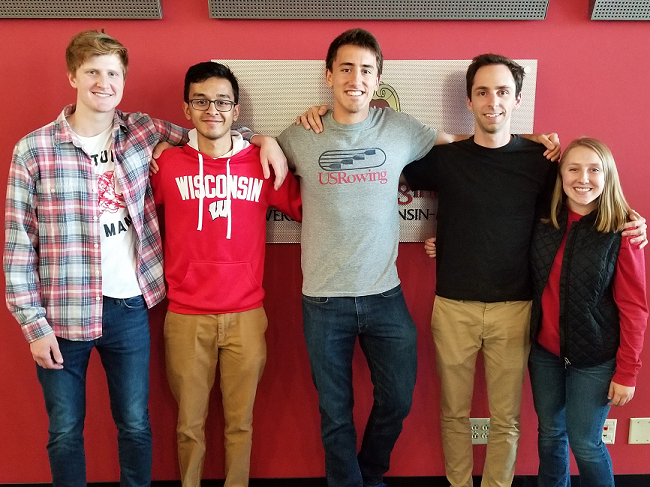Real-time measurement of ciliary activity
This project has been secured to protect intellectual property.
Login for More InformationProject Overview
Specialized cells known as ciliated cells perform important functions on epithelial surfaces, using clusters of coordinated appendages to move mucus in the respiratory tract and eggs in the reproductive tract. Dysfunction or destruction of these cilia can result in health problems such as chronic obstructive pulmonary disease (COPD) or infertility. Currently, the activity of ciliated cells is measured by either subjective observations; invasive sampling followed by labor-intensive video microscopy analysis; or by measuring radiolabelled particle clearance. We are seeking a device that would allow for high-throughput, non-radioactive, quantitative measurements of ciliary activity in biological samples over time. Laser scattering spectroscopy was explored in the late 1980s-mid 1990s as a method for measuring ciliary activity in the human nasopharynx and Fallopian tube. These devices worked with some success in research settings but none are currently available and advances in both computing and materials make possible more portable and better functioning devices. We seek to generate a device using laser-scattering principles that performs rapid, non-destructive measurements (seconds to minutes) from multiple biopsy samples (~3 mm in size), such that we can measure the ciliary activity of samples under various conditions at multiple time points. This will require a durable, washable probe to insert into biological media and an easy-to-operate user-interface on the device. This device should be able to send frequency/amplitude data to a computer, where existing software or software developed for this device can record and save device output, and provide basic data in the form of ciliary beat frequency and/or beat intensity. While laser-scattering devices are preferred for their proven ability, other optical or sonic/ultrasonic technologies will be considered viable if they have more favorable measurement or instrument durability properties.
Team Picture

Contact Information
Team Members
- Benjamin Viggiano - Team Leader
- Tyler Ross - Communicator
- Jack Fahy - BSAC
- Aman Nihal - BWIG
- Jurnee Beilke - BPAG
Advisor and Client
- Prof. Paul Campagnola - Advisor
- Dr. Jonathan Lenz - Client
- Dr. Joseph Dillard - Alternate Contact
Related Projects
- Spring 2019: Real-time measurement of ciliary activity
- Fall 2018: Real-time measurement of ciliary activity
- Spring 2018: Real-time measurement of ciliary activity
- Fall 2017: Real-time measurement of ciliary activity
